1. Beethoven's piano, Mozart's harpsichord and slate gramophone records
Hradec nad Moravicí - Red Chateau
Less than an hour from Ostrava you’ll find one of North Moravia’s most impressive architectural gems - Hradec nad Moravicí Chateau. During the height of its glory this beautiful place, straight out of a fairy tale, was visited by prominent figures such as the German Emperor Wilhelm II and the Austrian Chancellor Metternich.

Hradec nad Moravicí - White Chateau
By far the most famous guest to have stayed here was the phenomenal composer Ludwig van Beethoven. His stay is still commemorated by the priceless Beethoven’s piano as well as the legend according to which he refused to give a concert for Napoleon’s generals, departed in haste for nearby Opava and there allegedly knocked on the door of a house in Ostrožná Street in the famous rhythm of the Fate Symphony.
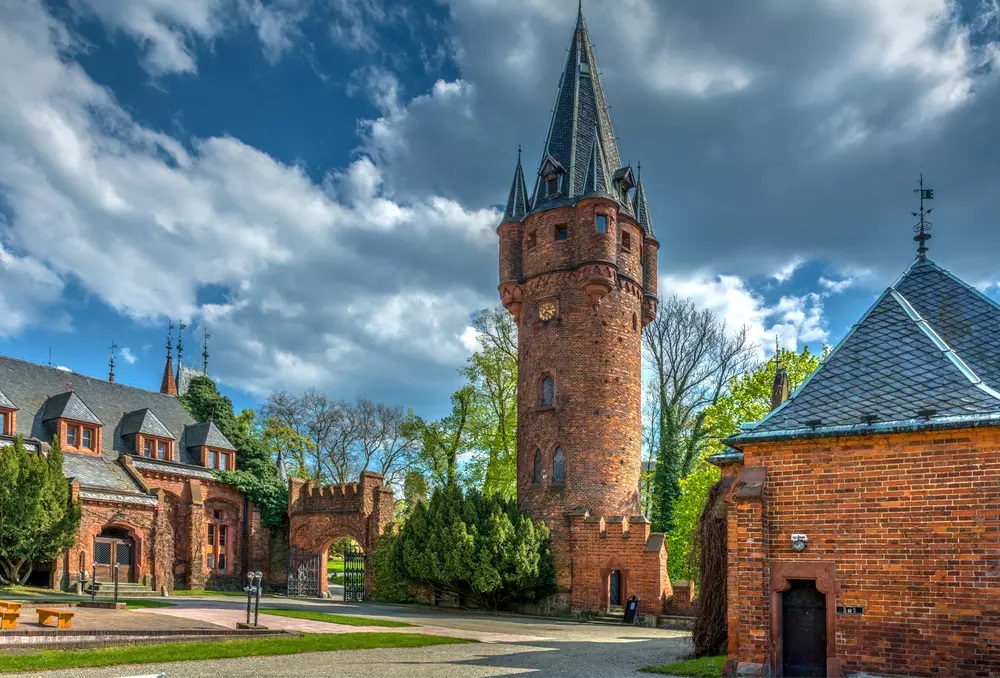
Hradec nad Moravicí - Red Chateau
The exhibition also includes a rare carriage used by Prince Max Lichnowsky, the former owner of the château, during his stay in London. After all, he was the Prussian ambassador to Great Britain and as a courageous pacifist tried to avert the start of the First World War. His father was a pupil of Mozart, and so you can also see the brilliant composer’s harpsichord brought there from Vienna.
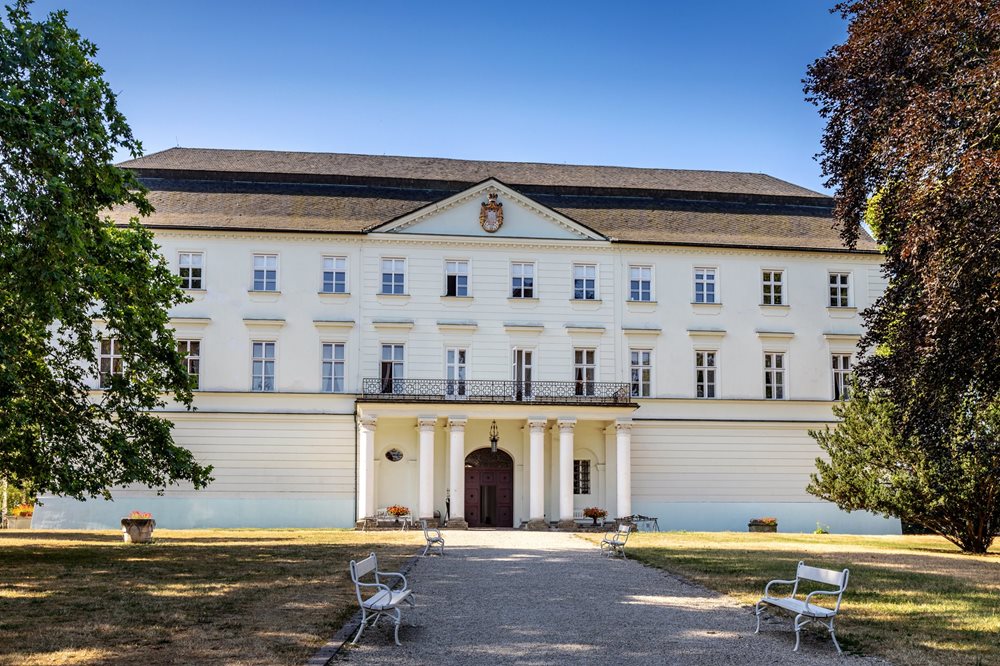
Hradec nad Moravicí - White Chateau
Just a short way from Hradec nad Moravicí you enter the Slate Landscape, a harsh region in which the local people worked hard to extract this blue-grey rock from the depths of the earth and refine it. A visit to the Slate Museum will tell you everything you need to know about the history of quarrying and mining. You can explore some huge underground caverns in the Raab Tunnel or the Flaschar's Mine. They’ll teach you how to chip slate and show how slate can be used to make a heart or even a gramophone record.
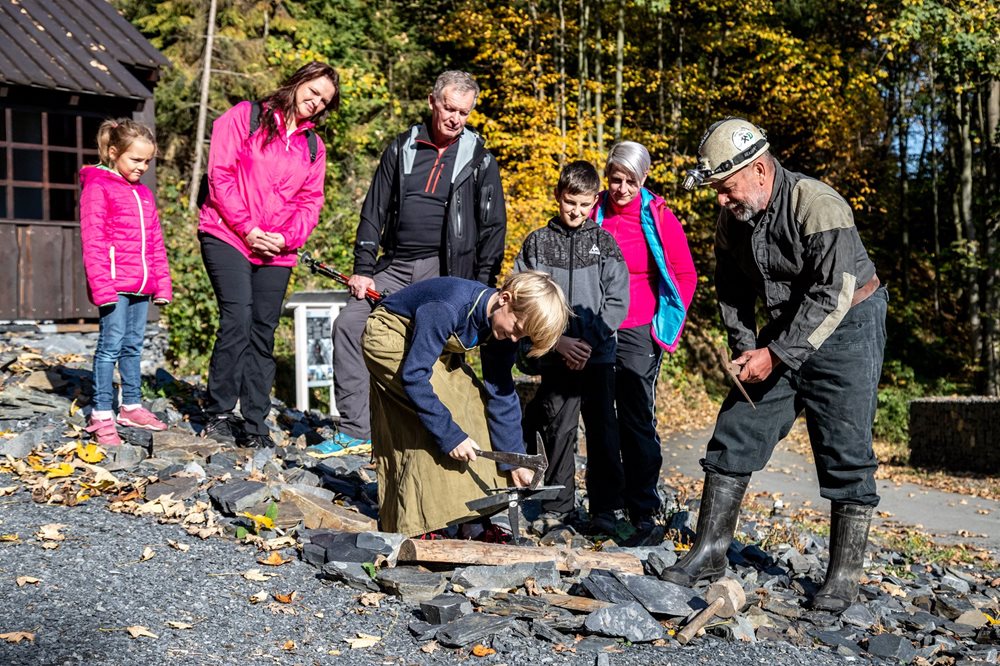
Flaschar’s Slate Mine in Odry
Did you know?
Slate from here covers the roof of the Schönbrunn Palace in Vienna and the Parliament in Budapest, and was used to make billiard tables, and even straight razors.
The world-famous writer Joy Adamson, author of the book Born Free, grew up in the Slate Landscape.
Where’s a good place to eat?
Hradec nad Moravicí: Hotel Sonáta↗
Slate Landscape: Davidův mlýn↗, Pension Schönwald↗
How to get there?
To Hradec nad Moravicí: By car along expressway no. 11 to Opava. By train from the Ostrava-Svinov railway station to Opava and then change to the bus; the journey takes around 1 hour.
SEARCH FOR BUSES AND TRAINS↗
To the Slate Landscape: Ideally by car along the D47 motorway to Fulnek and continue through Vítkov to Budišov nad Budišovkou; the journey takes roughly 1 hour.
2. The hat of the wartime prime minister, Freud’s first love, and Leoš Janáček’s fox
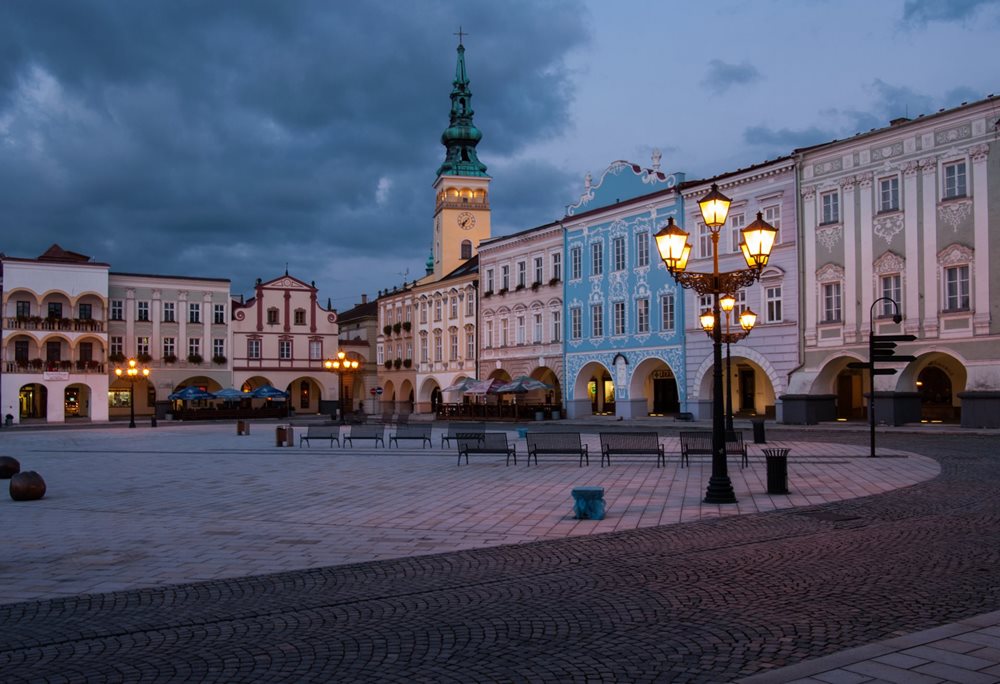
Nový Jičín main square
The first stop on our next tip for a trip is Nový Jičín, a picturesque little town famous around the world for its hat-making tradition. The visitor centre in the town reveals the secrets of hat making. After taking the interactive tour you can continue on to the Exhibition of Hats and see some rare artefacts. These include the headgear worn by Ferdinand d´Este, assassinated in Sarajevo, and the hat of the first Czechoslovak president, Masaryk. A hat for the British Prime Minister Churchill was made in Nový Jičín.
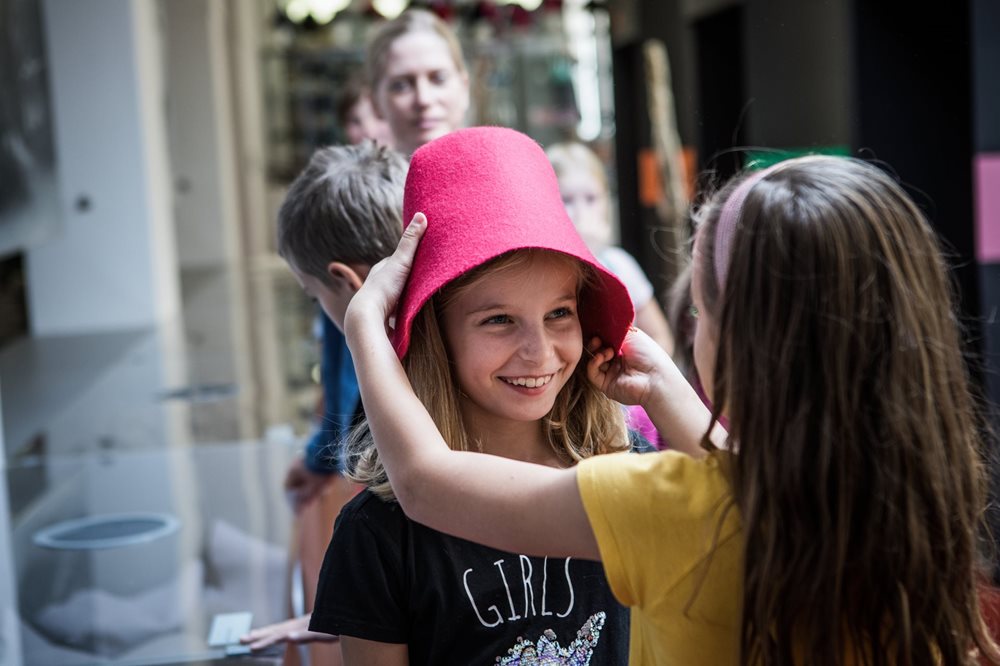
Nový Jíčín visitor centre
Our next stop is in nearby Příbor, birthplace of Sigmund Freud, the father of psychoanalysis. The house in which this world-famous neurologist was born stands just a stone’s throw from the square. Nowadays it houses a small interactive exhibition that takes you through the life of Freud. He left the town with his parents at the age of three, spent the holidays here as a grammar school student, and fell in love with his hosts’ daughter, Gisela Fluss. These were just some of the reasons he felt such a deep and warm affinity for the town.
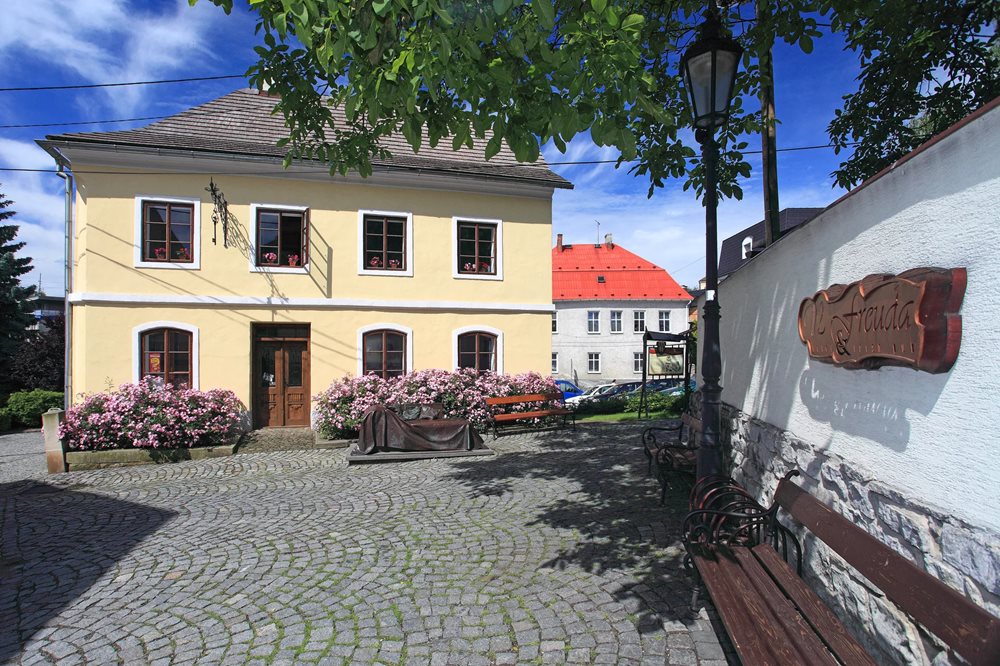
Sigmund Freud's birth house
The last stop on our one-day trip is Hukvaldy. Looming above the birthplace of the world-famous composer Leoš Janáček, author of the famous opera The Cunning Little Vixen, are the ruins of a mediaeval castle. The castle is surrounded by a game reserve and a large park, the perfect place for a pleasant stroll. You can also visit the house in which Leoš Janáček was born, his memorial, and the little Church of St. Maxmilian, where the famous musician used to play the organ.
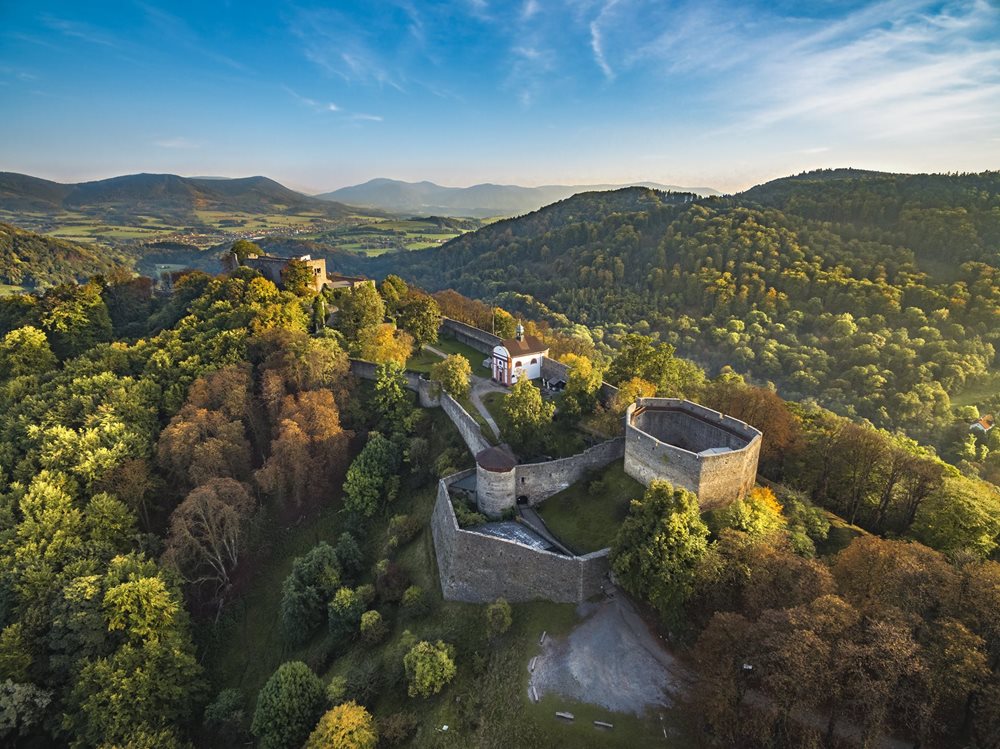
Hukvaldy castle
Did you know?
One member of the Hückel family of hatmakers, Hugo, was there at the launch of the first rocket into space in 1931. Unlike Werhner von Braun, Hückel refused to collaborate with Adolf Hitler and did not help to develop rockets for Nazi Germany.
Where’s a good place to eat?
In and around Nový Jičín: Hotel Praha↗, Zámeček pod hradem↗, U Dobré hraběnky↗
Hukvaldy: U námořníka↗, Restaurant Leoše Janáčka↗
How to get there
The best way is to take the D47 motorway and drive to Nový Jičín, then follow the D48 through Příbor and turn off to Hukvaldy.
3. Sweet ears from Bethlehem and the Tatra that conquered the Dakar
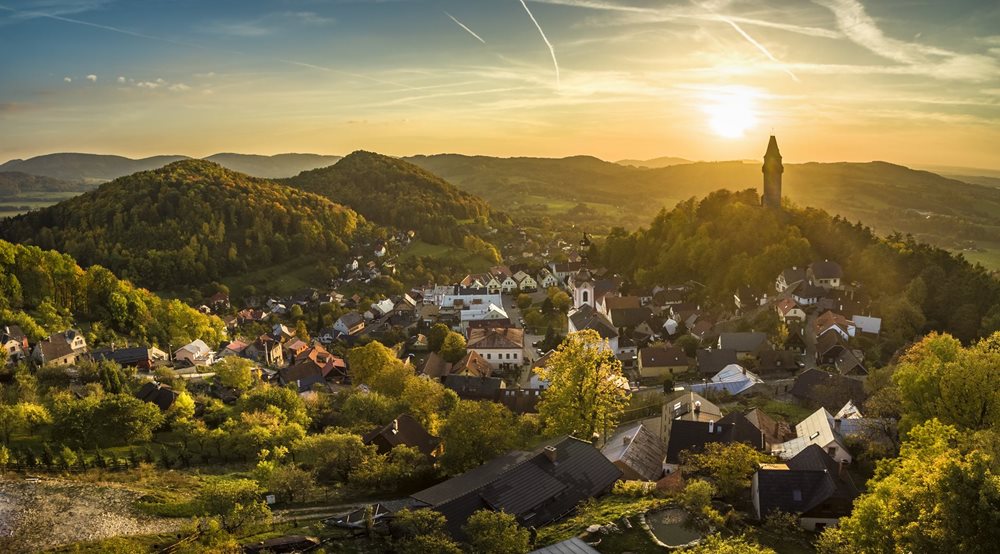
Štramberk
The beauty of the little town of Štramberk has earned it the nickname of the Moravian Bethlehem. Legend has it that during the Tatar invasion, they cut off the Christians’ ears. Fortunately the Tatars were defeated and in celebration of this victory the local people still bake Štramberk ears – a local specialty made from gingerbread dough. The town’s dominant landmark is the Trúba castle tower with its viewpoint, while in the Štramberk City Brewery you can enjoy a delicious glass of Trubač beer. Štramberk became famous for the discovery of the jawbone of a Neanderthal child and Bronze Age objects in Šipka Cave, from where there are unforgettable views across the whole town.
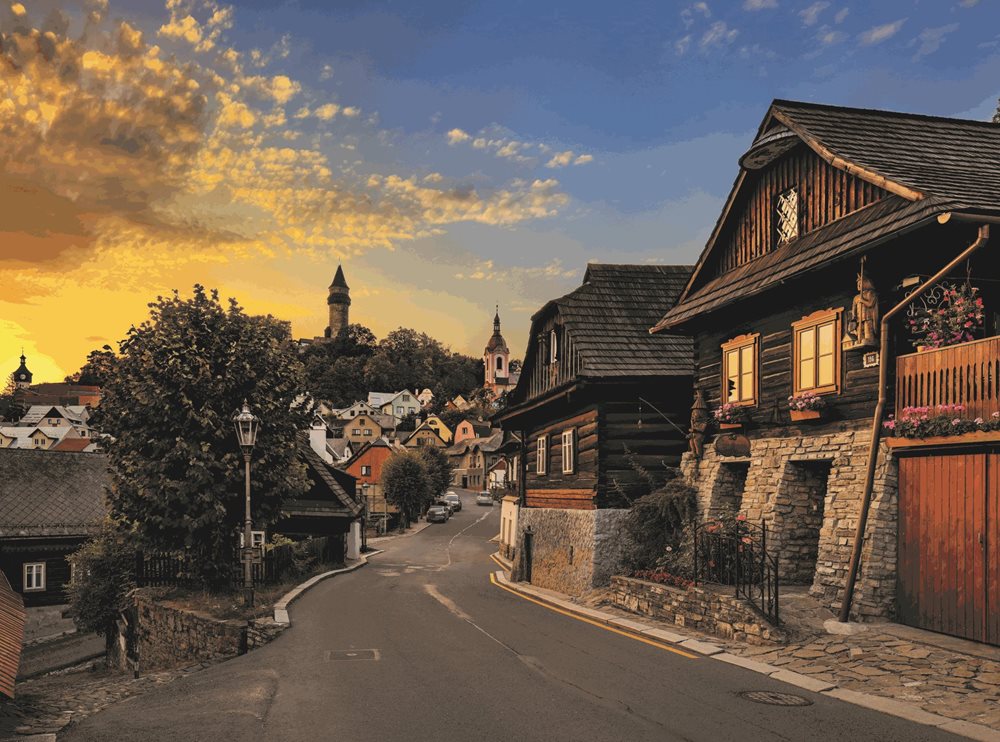
Štramberk
After a look around Štramberk, definitely don’t miss a visit to the neighbouring town of Kopřivnice, famous for producing Tatra motor vehicles. The Tatra Technical Museum and the Tatra Trucks Museum are devoted to this tradition. They present some rare models, such as the Präsident - the first motor car in Austria-Hungary - and race specials, which have won laurels at the famous Paris–Dakar rally.
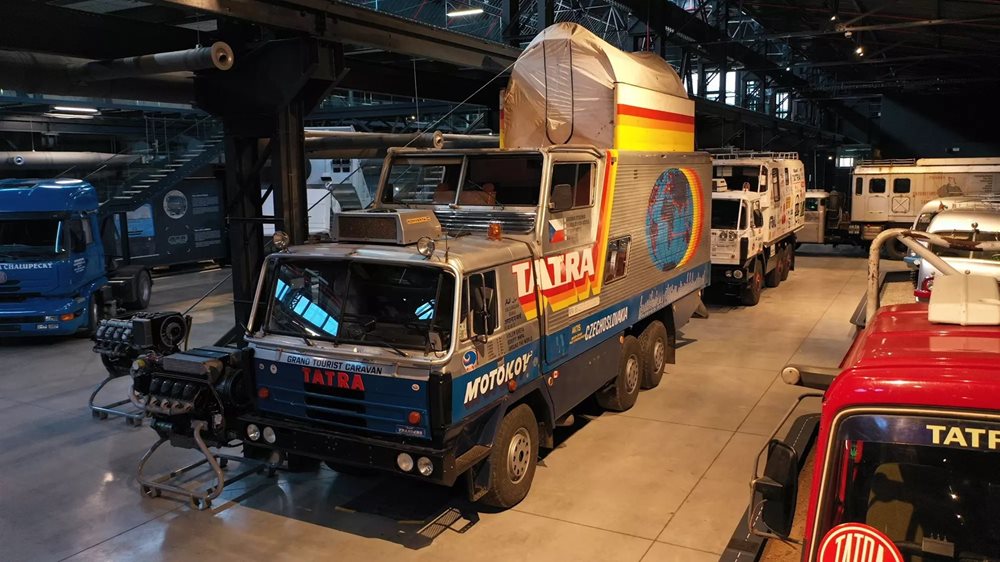
Tatra Truck Museum in Kopřivnice
Štramberk and Kopřivnice lie in the foothills of the Beskid Mountains, another place to visit on your trip. One of the most popular and charming spots in the Beskids is Pustevny, with its painted wooden buildings designed by the architect Jurkovič, the statue of the Slavic god Radegast and the amazing Skywalk. You can easily get to the top and back down again via the chairlift. From up there, the views of the surrounding countryside are truly spectacular.
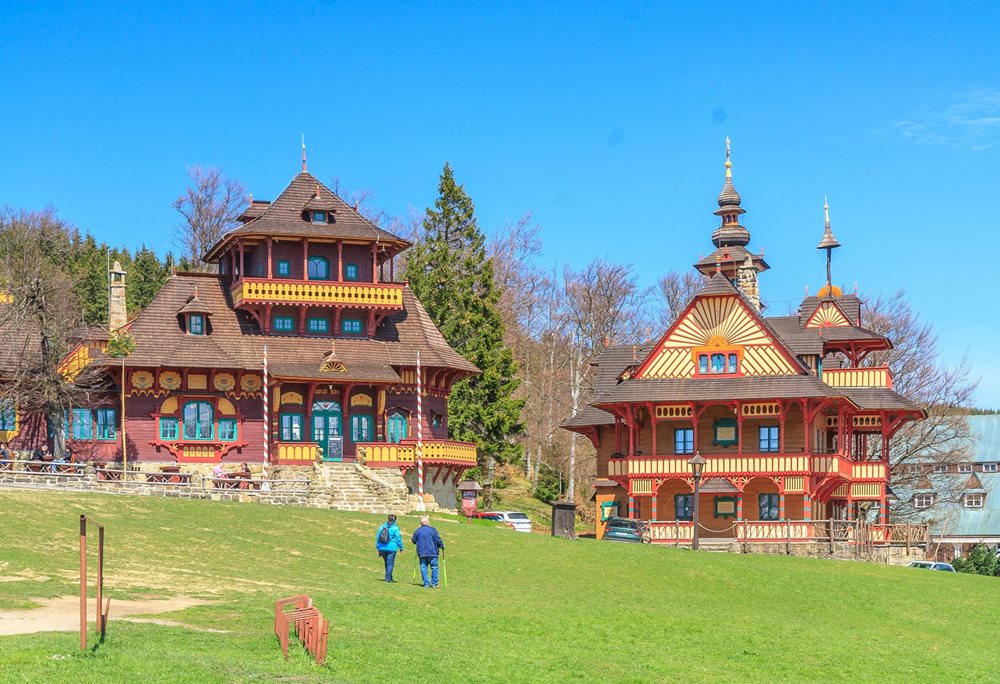
Jurkovič's buildings in Pustevny
Where’s a good place to eat?
Štramberk City Brewery↗, the U Janíka Wallachian-style pub↗, Hotel Troyer↗
How to get there?
Ideally by car along the D56 and D48 motorways, turning off to Štramberk (approx. 50 minutes). From neighbouring Kopřivnice continue on to Trojanovice and from there take the chairlift up to Pustevny.













